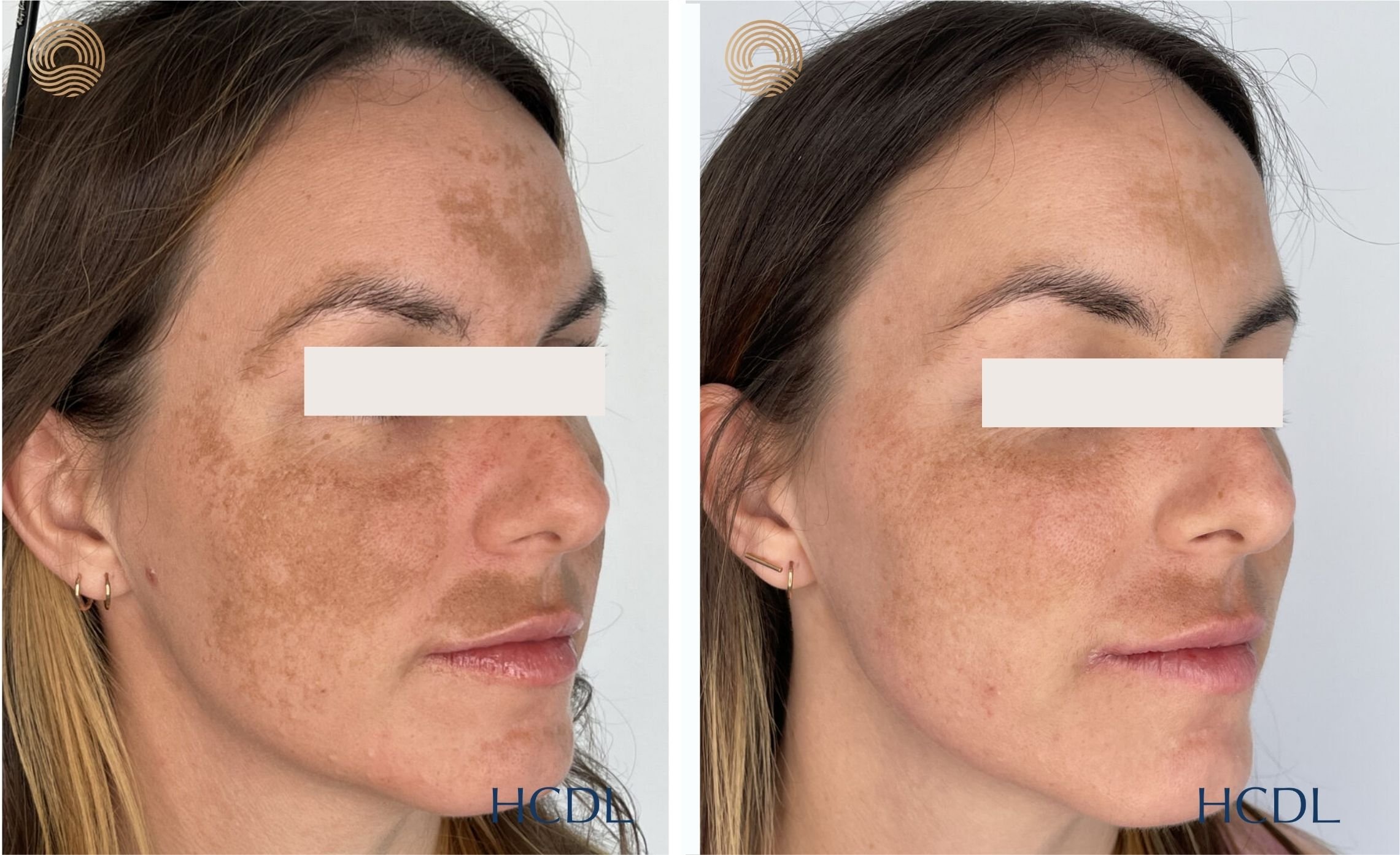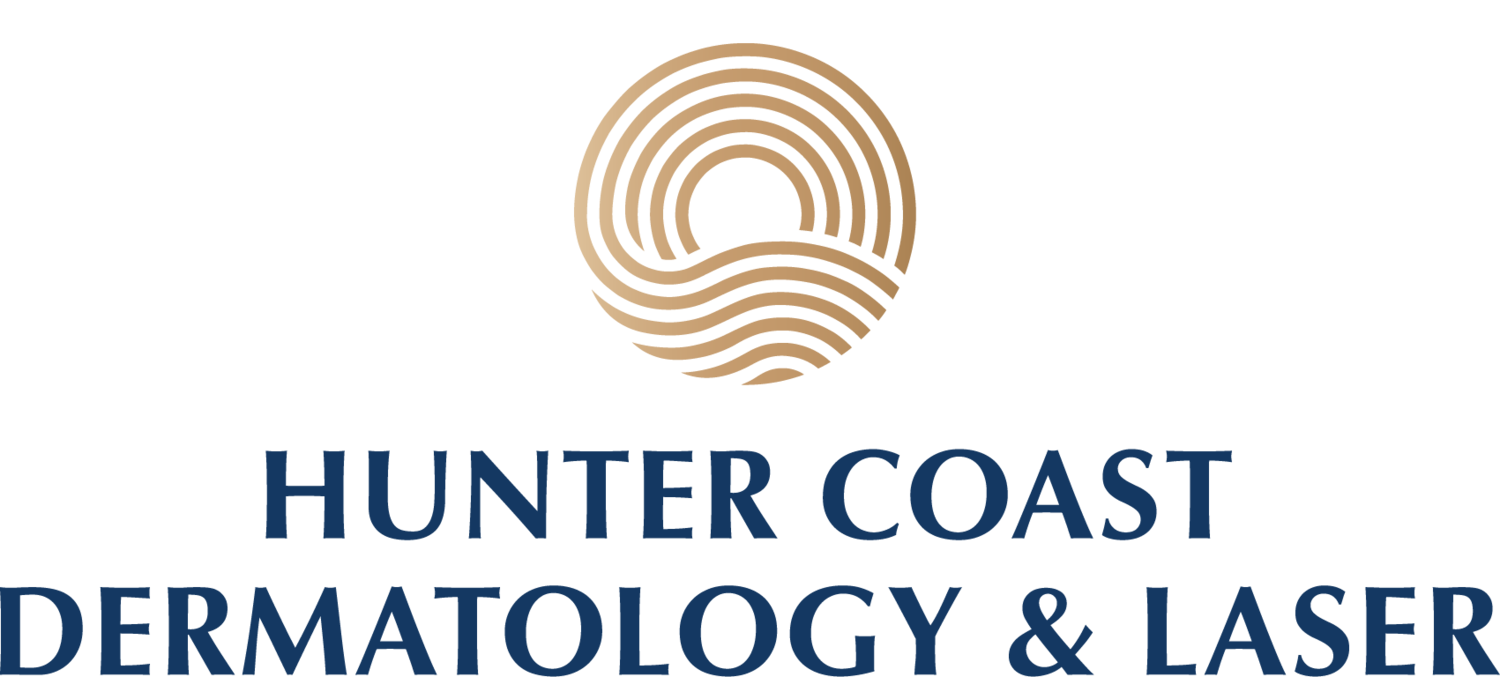
Hyperpigmentation & Melasma
If you have dark spots on your skin, it can be hard to tell if it is sun damage, hyperpigmentation or melasma, as these are all common conditions. While they are different dermatological conditions, they can look alike, and are caused by similar factors.
Melasma
One specific type of hyperpigmentation is melasma. Although it is also a condition characterized by darker patches of skin, namely affecting the cheeks, nose, chin, upper lips and forehead, melasma is differentiated from other forms of hyperpigmentation by its cause. Rather than being purely sun-related, melasma is caused in part by hormonal and vascular changes within the body. This is why melasma is often referred to as “the mask of pregnancy,” as pregnant women are much more likely to have this condition. In fact, melasma is found more prevalently in women – pregnant or not – largely because of this hormonal cause.
Melasma is treated with sun protection, cosmetic camouflage, topical treatments, such as peeling and lightening agents, oral medications and laser and light treatments.
If you have noticed the development of pigmentation in cosmetically sensitive areas speak to our staff at HCDL. Our Dermatologists will take a thorough clinical history and perform an examination of the area affected. They will create a treatment plan that is unique to you that will provide the best possible solution for your concerns.
Hyperpigmentation
Hyperpigmentation is an umbrella term used for conditions where one patch of skin becomes noticeably darker than the surrounding skin. This term covers a number of more specific conditions such as liver spots, freckles and melasma.
Although different types of hyperpigmentation can be caused by various factors such as acne scarring, medications or inflammation from other conditions, one of the main causes of hyperpigmentation is sun exposure. When we leave our skin unprotected, harmful UV rays can cause damage that causes the skin to produce more pigment than normal.
Most hyperpigmentation is harmless, and many forms are readily treatable using topical creams and cosmetic treatments. However, it’s important to have any persistent or changing areas investigated by a Dermatologist.
Before & After | Laser & Medical Management












